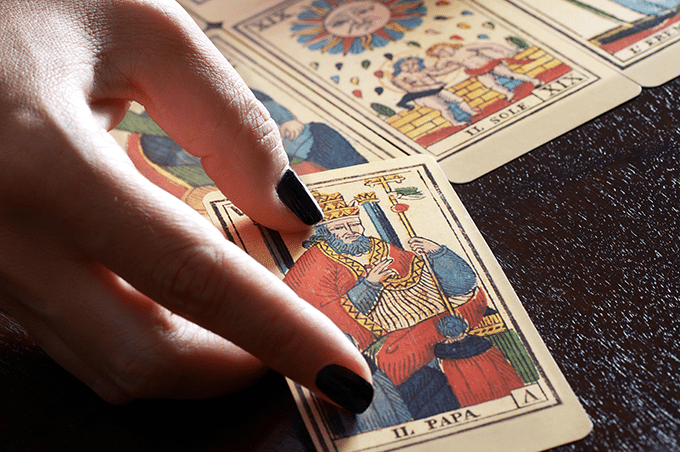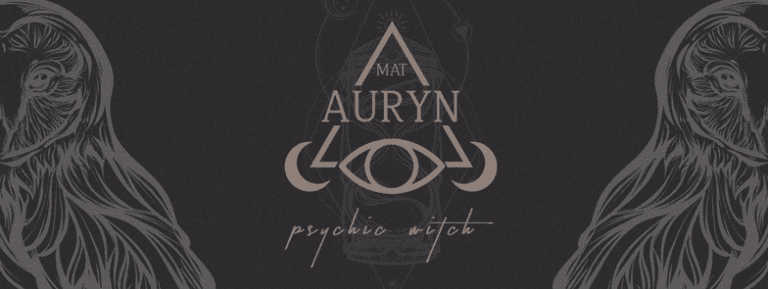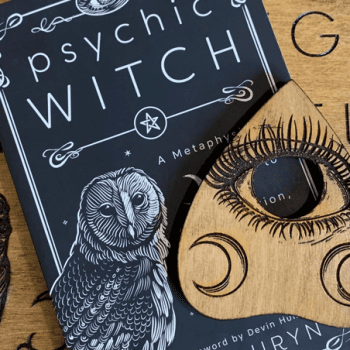
Tarot has gone through many reinventions through time. The divination system has many origin myths, debated history, and speculation. What was once a card game slowly evolved into the most popular system of divination today.
As it passed through Antoine Court de Gebelin’s hands in the 1780’s it was given more occult influence and deeper symbolism. This repeated again as the system passed through the hands of Etteilla in the 1790’s, Levi in the 1850’s, Mathers in the 1880’s, Waite in the 1910’s, Case in the 1910’s, Hall in the 1920’s, and finally Crowley in the 1940’s.
Each occultist added new layers of meaning and imbued them with their vision of the Mysteries, making the system as rich in symbolism and associations as it is today. However, the earlier Christian spirituality of the Medieval Church is usually swept under the rug. While I am not Christian, I do find the early symbolism to be very fascinating to see just how much influence it had on our modern decks.
The most verifiable history that we have is that the cards originated as the Italian card game called Trionfi, which is the origin of both the tarot and our modern playing cards. Trionfi means “Triumph” and eventually originated the word “Trump” in card games. The Trump cards were cards that ranked in power and a higher ranking card would “triumph” or “trump” cards that were lower than it. To understand the Trump cards and why certain symbols were used, we have to understand when they were created, or at least popularized, which was during the Medieval period of the 15th Century in Renaissance Italy.
Triumph parades were a popular pageant spectacle on the streets in these days. They consisted of Triumph floats. Cherry Gilchrist writes in Tarot Triumphs, “These Triumphs on parade showed worldly, moral, and religious emblems, which drew on allegory, history, and Christian teachings for their values. A Triumph procession is described in Petrarch’s work I Trionfi, dating from the late fourteenth century, which alludes to vices and virtues and draws from popular symbolism in representing the characters taking part in the procession.”
The Tarot Trumps which evolved into what we call the Major Arcana, displayed spiritual messages pertaining to the power of God. The only card which didn’t follow the Trump rules was The Fool card, which was the origin of the Joker in the tarot. The Fool card allowed the player to break the rules and not follow suit, just as the court jester was allowed to break rules no one else was allowed to in the feudal system.
The Juggler (Trump 1) was more akin to a stage magician. Someone who would use slight-of-hand tricks to awe the average person but was a distraction from the spiritual principles of the Church. The Popess (Trump 2) was based on Pope Joan, a legendary woman who tricked the Church into thinking she was male and rose to the papacy. She, unfortunately was killed horrendously when it was revealed she was a woman. So she had the trickery of the Juggler, but at least working within the realm of the Church’s teachings otherwise.
The Empress (Trump 3) was lower in power in Trumps because she was still female, but at least had “legitimate power” in the eyes of the people, but didn’t have as much power as The Emperor (Trump 4) who overpowered her. Both represented the power of law and land. The Hierophant (Trump 5) was the male Pope. His divine power as a representative of Christ on Earth and of the Church gave him more power than the Empress and Emperor because heaven’s law was greater than the land’s law. Next comes The Lovers (Trump 6), which represented Christ’s assertion that Love was the greatest law (1 Corinthians 13:13).
The next set of cards are heavily influenced by the writings of Thomas Aquinas, who was deeply influenced by Plato. Though their ranks of power are interjected with the next series of cards, the virtues are indeed there. Anthony Louis writes in Tarot Beyond The Basics that “Aquinas viewed Prudence as ‘the cause, measure, and form of all virtues … the auriga virtum or the charioteer of the virtues.'” Thus our first virtue is Prudence, symbolized by The Chariot (Trump 7) which opened the way for his other virtues, Justice (Trump 8), Fortitude as Strength (Trump 11), and Temperance (Trump 14). The Hermit (Trump 9) embodied the life of a monk following the virtues and living a life or prayer, introspection, and meditation.
The Wheel of Fortune (Trump 10) represented things that were beyond our power, things that were delegated to the power of the stars and to God. The Hanged Man (Trump 12) represented the surrender to God as well as the sacrifice of Christ hanging upon the cross, who also surrendered to the will of God as a sacrifice. Then comes Death (Trump 13) whom we must all surrender to, whether we are a Hermit, an Emperor, a Juggler, a Fool, or a Hierophant.
The Devil (Trump 15) is an obvious Christian symbol as well, representing the things that tempt us away from “salvation”. The Devil is beyond life and death in his power and is referred to as the “God of the world” in the Bible. The Tower (Trump 16) is the Tower of Babel which God struck down, representing the Devil’s influence in making men think that they can reach God through their own arrogance.
The Star (Trump 17) is the Star of Bethlehem which heralds a sign of hope for the birth of Christ so that people can gain salvation. The Moon (Trump 18) represents the Virgin Mary often represented with lunar imagery and she will give birth to The Sun (Trump 19) which represents the Christ Child, the light of the world.
After this, we have Judgement (Trump 20), which refers to the final Judgement after Armageddon, when Jesus comes back to judge the souls of the dead who have been “slumbering” in their graves. Followed by The World (Trump 21) which represents the New Jerusalem that will be built afterward, the new Eden.
Connect With Me

Website | Tarot Readings | Facebook | Twitter | Instagram | Tumblr | Mailing List
















